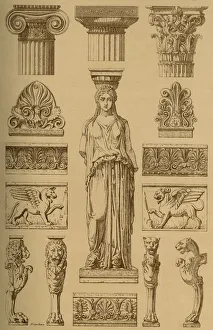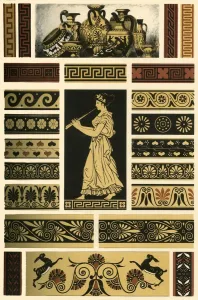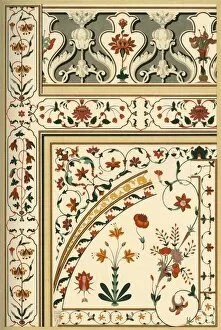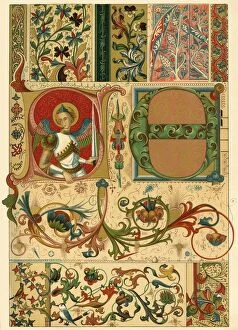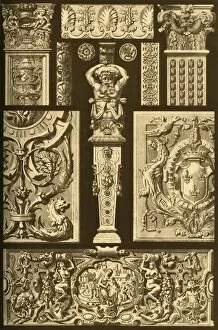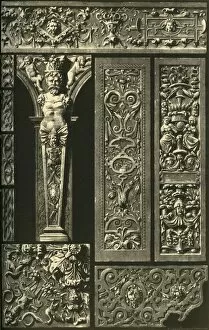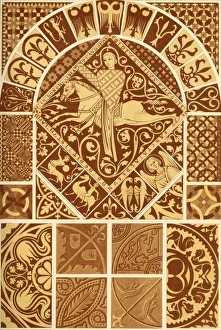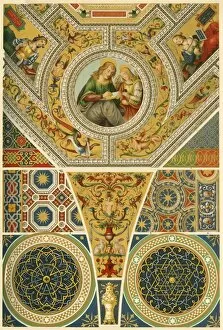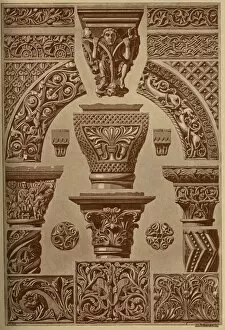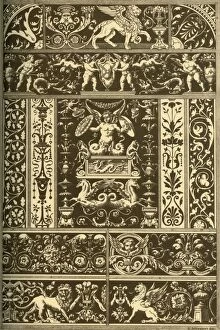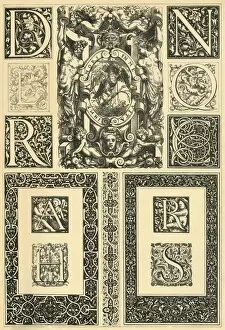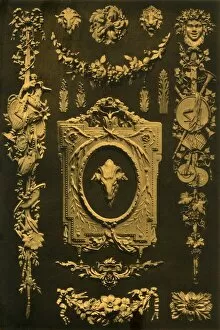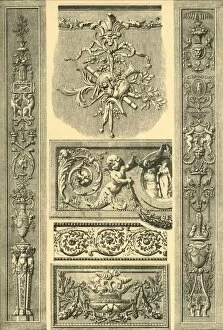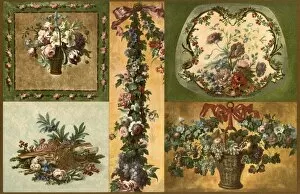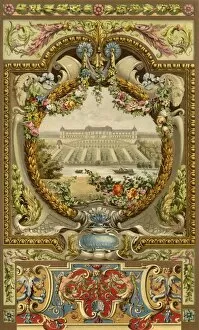Dolmetsch Collection
"Dolmetsch: A Timeless Tapestry of Artistic Traditions" Step into the world of Dolmetsch, a captivating collection that transcends time and borders
All Professionally Made to Order for Quick Shipping
"Dolmetsch: A Timeless Tapestry of Artistic Traditions" Step into the world of Dolmetsch, a captivating collection that transcends time and borders. This extraordinary compilation showcases an array of artistic masterpieces from various cultures and eras, each one meticulously crafted by unknown creators. Immerse yourself in the enchanting beauty of German Renaissance ceiling and wall paintings, where vibrant colors dance across the canvas, breathing life into every stroke. Marvel at the intricate wood mosaics and delicate embroideries that adorn these timeless works. Travel back to Ancient Greece as you explore ornamental architecture and sculpture frozen in time. These remarkable pieces transport you to a realm where gods and goddesses come alive through stone carvings that exude grace and power. Delve further into Greek culture with their exquisite pottery, showcasing intricate patterns that tell tales of ancient civilizations. Journey through history as you encounter painted plasterwork from 18th century Germany, revealing a symphony of colors adorning walls with elegance. Discover medieval enamel illuminations that illuminate manuscripts with golden hues, preserving stories for generations to come. Unravel the secrets behind Byzantine weaving and embroidery techniques passed down through centuries – witness threads intertwining like whispers on fabric canvases. Be captivated by Indian marble inlays that transform cold stone into breathtaking tapestries depicting scenes from mythology or daily life. Witness the grandeur of Ancient Egyptian decorations; hieroglyphs etched onto walls whispering tales lost in time while Assyrian decorations evoke images of mighty empires long gone but not forgotten. Chinese paintings transport you to serene landscapes filled with tranquility captured on silk scrolls. Marvel at silk-weaving craftsmanship from 18th-19th century Germany - threads woven together forming intricate patterns reminiscent of dreams brought to life. Adornments made from metal reflect German ingenuity during the 19th century - each piece telling its own story through intricate designs.


